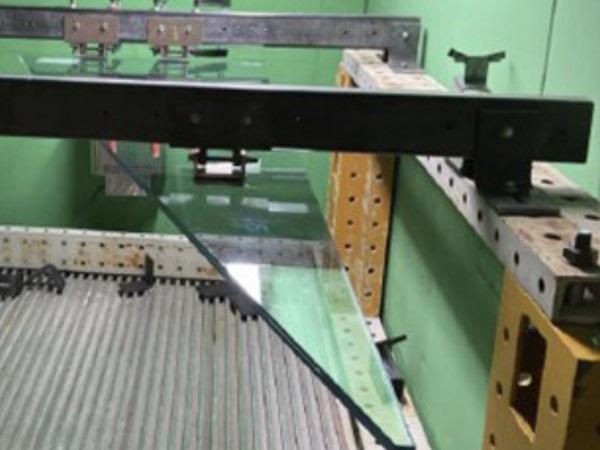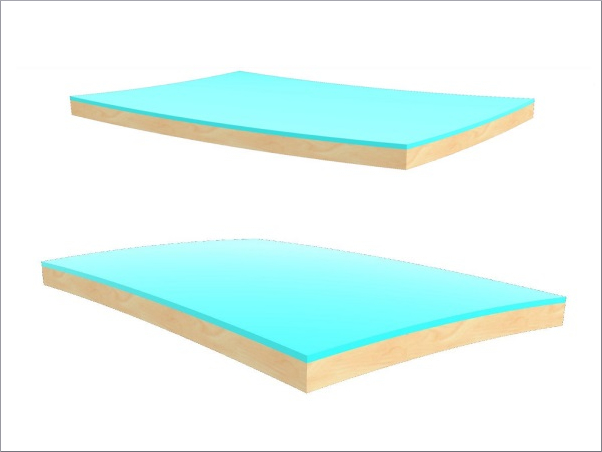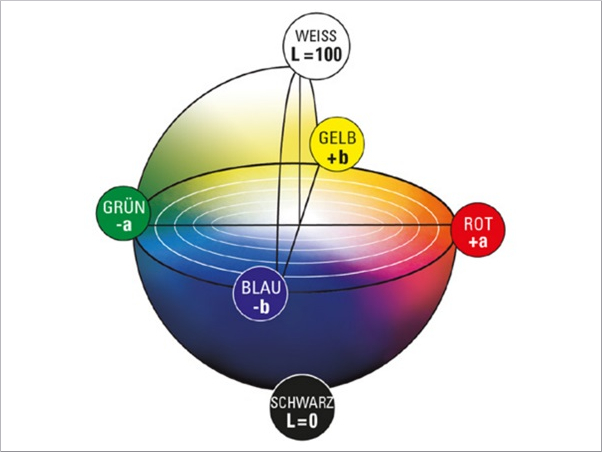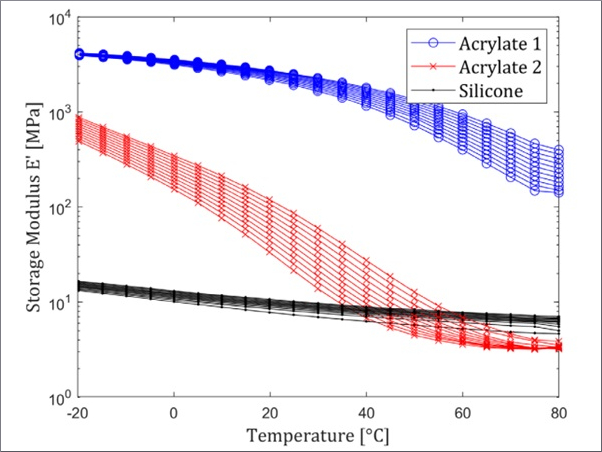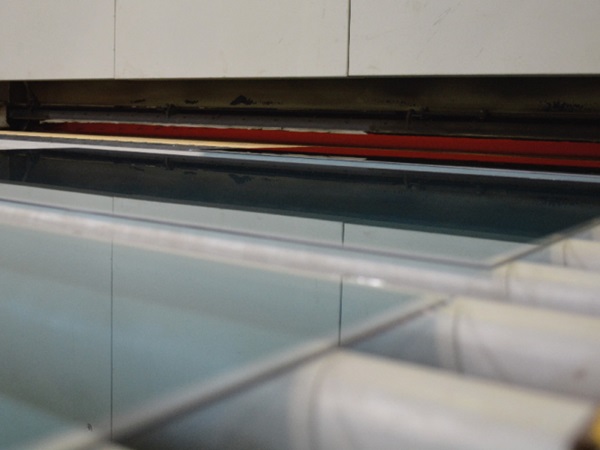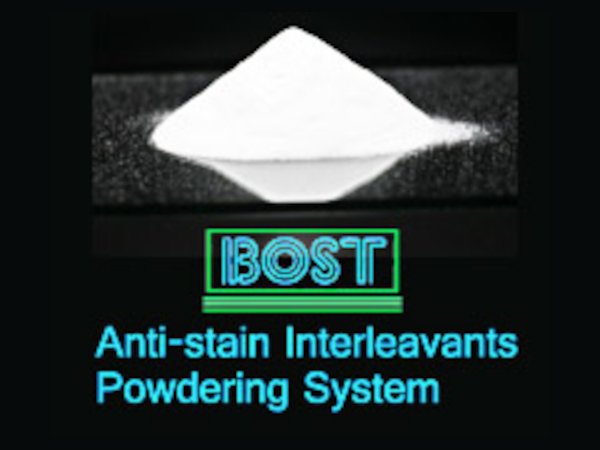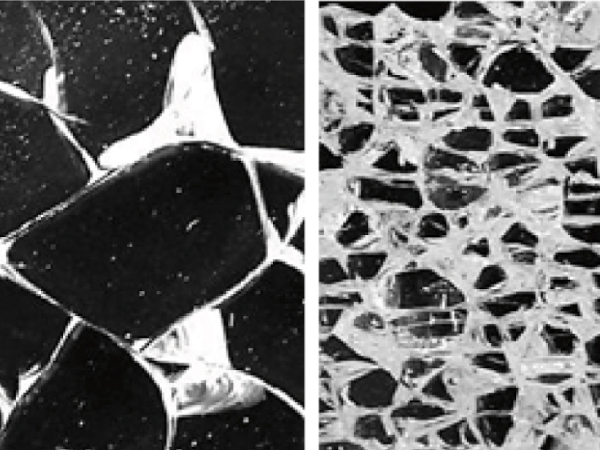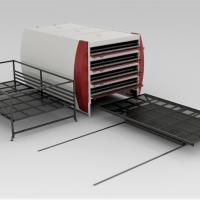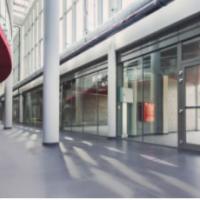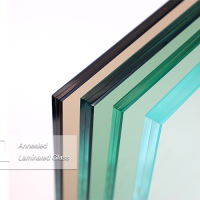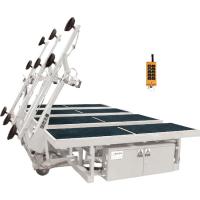This paper was first presented at GPD 2023.
Link to the full GPD 2023 conference book: https://www.gpd.fi/GPD2023_proceedings_book/
Author: Geralt Siebert
Abstract
Several applications like balustrades or overhead glazing require a safe fracture behavior or residual strength in broken situation. For this, the behavior of the interlayer itself (stiffness, strength) and its interaction with glass (adhesion) are key points. The latter can be influenced by coatings or embedded photo voltaic (PV). To realize not only iconic buildings like CUBE in Berlin or HVB-Tower in Munich but also several other examples including roofs of solar power generating car parks, special tests were performed to proof sufficient safety. Similar questions regarding performance of accidentally broken elements arise, if fire safe glazing has to fulfil requirements of safe breakage like in airports or subway / train stations.
To prove sufficient safety for above mentioned projects, testing in laboratory according European codes such as EN 356 and EN 12600 as well as testing with modified setup or additional tests were carried out. In terms of special permits required in Germany even several full-size glass element residual performance tests in climatic chamber were done. Based on the positive results, systematic testing campaign for broader product range is done as basis for a general approval.
1 Introduction and regulative situation in Europe
Glass is a brittle material, after the stress due to loading exceeds the resistance (i.e. maximum value of strength, which can be determined by fracture mechanics) a breakage occurs, the glass is no longer intact. Because of this sudden failure without warning, regarding safety of people there are different aspects or consequence scenarios to be considered:
- (direct) injury of person in direct contact with glass element, e.g. falling against it
- (indirect) injury of person hit by falling glass sherds
- Residual strength or load carrying capacity of broken glass element
These scenarios may be part of considerations to fulfill the requirements of the design situations FLS (Fracture Limit State) or PFLS (Post Fracture Limit State) implemented in CEN/TS 19100.
Tempered glass breaks into small pieces in case of occurring fracture, so it might be sufficient for the first aspect, but for the second aspect only in few cases (and not e.g., if broken glass elements is inclined or installed at bigger height) and for third aspect in even less installation situations (e.g. in vertical installation with all sided linear bearing and no perpendicular loading).
So often laminated (safety) glass is used. Here bigger glass pieces after breakage are superior, so annealed or heat strengthened glass are preferred. Adhesion of glass sherds to interlayer (foil, sheet, hardening liquid material…) and the deformation behavior of the interlayer itself are the crucial points for determining the fulfilment of the abovementioned requirements.
Quantification and numerical modelling of these interlayer properties and behavior of broken laminated glass under consideration of different influence factors like stress level, time or temperature is field of actual research, also at chair and laboratory of the author. For bringing products into the market as well as in terms of proving sufficient safety of built applications during design process, the suitability of construction products has to be shown.
Tests in product standards to determine the properties of laminated glass or to classify products are regulated in European codes like EN 14449 or EN 12600 to have a basis for neutral and reproduceable results. And tests in design codes like e.g. in DIN 18008 deal with the (safe) application of products. For European market, one basis for this splitting of competence regarding product and application is “harmonized conditions for the marketing of construction products” [2]; it rules – beside others – CE-marking for construction products based on (harmonized) EN. In its Annex I the basic requirements for construction works are listed in 7 groups (see Table 1), which are supposed to be basis for preparation and development of harmonized technical specifications like e.g. EN.
Table 1 Headlines of groups in Annex I – BASIC REQUIREMENTS FOR CONSTRUCTION WORKS [2]
- Mechanical resistance and stability
- Safety in case of fire
- Hygiene, health and the environment
- Safety and accessibility in use
- Protection against noise
- Energy economy and heat retention
- Sustainable use of natural resources
However, the rules for application – that is to say the safety level regarding mechanical resistance and stability – is within national competence. This is a reason, that sometimes – or to be more precise: for some applications – in addition to regulations of harmonized EN additional requirements or tests are requested in respect to differing safety levels, e.g. for balustrades or overhead glazing. To give a simple example: testing and classification of glass setup according EN 12600 may be used to compare different glass setups but does not necessarily give sufficient information about suitability for specific application: test samples for EN 12600 are of defined size (876x1938 mm²) with defined bearing (4-sided, continuous linear clamping) whereas a requested application in most cases is of different size and might have alternative bearings (e.g. point fixed) with different stress distribution in case of (in most cases also differing) loading.
And moreover, even if size and bearing do not diverge, a testing result might have limited informative value: if no breakage occurs due to pendulum impact of EN 12600, even an interlayer consisting e.g. of margarine or spread might show “sufficient” classification, if only glass of sufficient thickness is used – no breakage needs no adhesion and no tensile strength of interlayer material to hold broken fragments together… Following EN ISO 12543 for laminated safety glass a minimum classification 3(B)3 according to EN 12600 is required – with no definition of glass thickness – whereas for laminated glass no performance according EN 12600 is needed. National regulation DIN 18008-1 requires in addition to testing according EN 14449 the following performance of tests carried out on samples of 4 mm annealed float glass / 0,76 mm PVB / 4 mm annealed float glass: 1(B)1 for pendulum according EN 12600 and P1A for ball drop test according EN 356. In case of coatings toward the interlayer, corresponding tests have to be carried out.
2 Examples for additional testing to fulfil national building regulations
2.1 Facade with special coating
Usually testing for qualifying products is done with “standard” product range. In case of special applications, the question arises, whether test results can be transferred to differing material setup or “similar” material setup with “only” differing coatings. This is especially of importance, if safety aspects like anti-drop-device (balustrade) or residual strength for overhead glazing are requested. In order to achieve optical effects for architectonic reasons like HVB-tower (listed historic building) had to have optical appearance as original product common decades ago – but with up-to-date energyperformance) or CUBE (requested extravagant optic performance) special coatings are requested by client.
2.2 Overhead glazing with PV
Photovoltaic elements installed on surface of roofs or in field do not show the risk of falling on persons walking below. If PV-elements are used as roofing of carparks or charging location, possibility of person beneath is high. In case of occurring breakage, a certain residual strength is required to guarantee that persons under broken glass element still are safe. The effect of additional PV-cells within the interlayer as well as extra-large span had to be proven by full-size testing in laboratory.
2.3 Fire safe glazing in highly frequented door
Another example is fire protective glazing, which is installed in public highly frequented area with requirements regarding safe breakage in respect to physical injury of falling person. As there is no “classic” interlayer but only fire-protective layers a declaration of performance as laminated safety glass does not exist. The client had to do tests to prove safe behavior after breakage of one or several layers occurs.
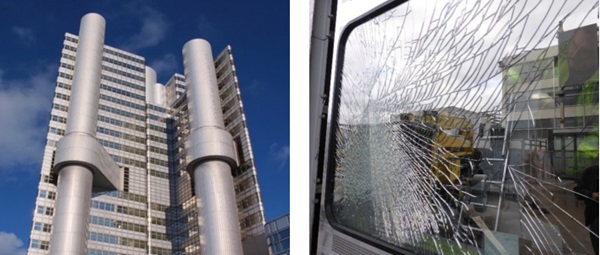
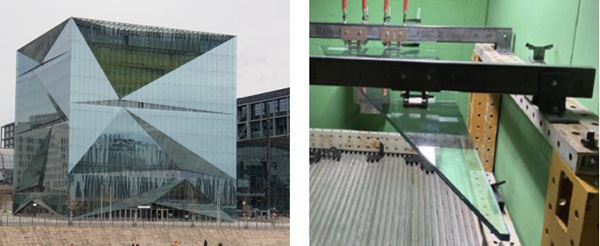

3. Conclusion
CE-marked products follow European regulations and show performance of declared essential characteristics; it is important to know, that not for all possible characteristics a performance has to be declared, and that the level of performance for “safety and accessibility in use” is of a different (lower) level than for “mechanical resistance and stability” – although in both cases e.g. a level of wind load is referenced.
Additional requirements may be necessary to be fulfilled due to the use (application or installation) of the product.
And in case of deviations of material properties, the tests and classification carried out might no longer be valid and additional testing has to be done – sometimes on a lower level regarding extend of testing campaign.
4 References
[1] CEN/TS 19100 (2021-11): Design of glass structures - Part 1: Basis of design and materials
[2] REGULATION (EU) No 305/2011 OF THE EUROPEAN PARLIAMENT AND OF THE COUNCIL of 9 March 2011 laying down harmonised conditions for the marketing of construction products and repealing Council Directive 89/106/EEC
[3] DIN 18008-1 (2020-05): Glass in Building – Design and construction rules – Part 1: Terms and general bases
Prof. Dr.-Ing. Geralt Siebert is a professor of structural design and building physics at the University of the Bundeswehr Munich since 2003 and gives lectures about the application of glass in a special master course. His research concentrates on the design, testing and modelling of structures made of glass together with its components and support structures as well as facades. Furthermore, he is the convenor of the German DIN 18008 glass design code and a member of European standardization (Eurocode) and ASTM international. Research is carried out theoretically and in the accredited laboratory of structural engineering at the University.

